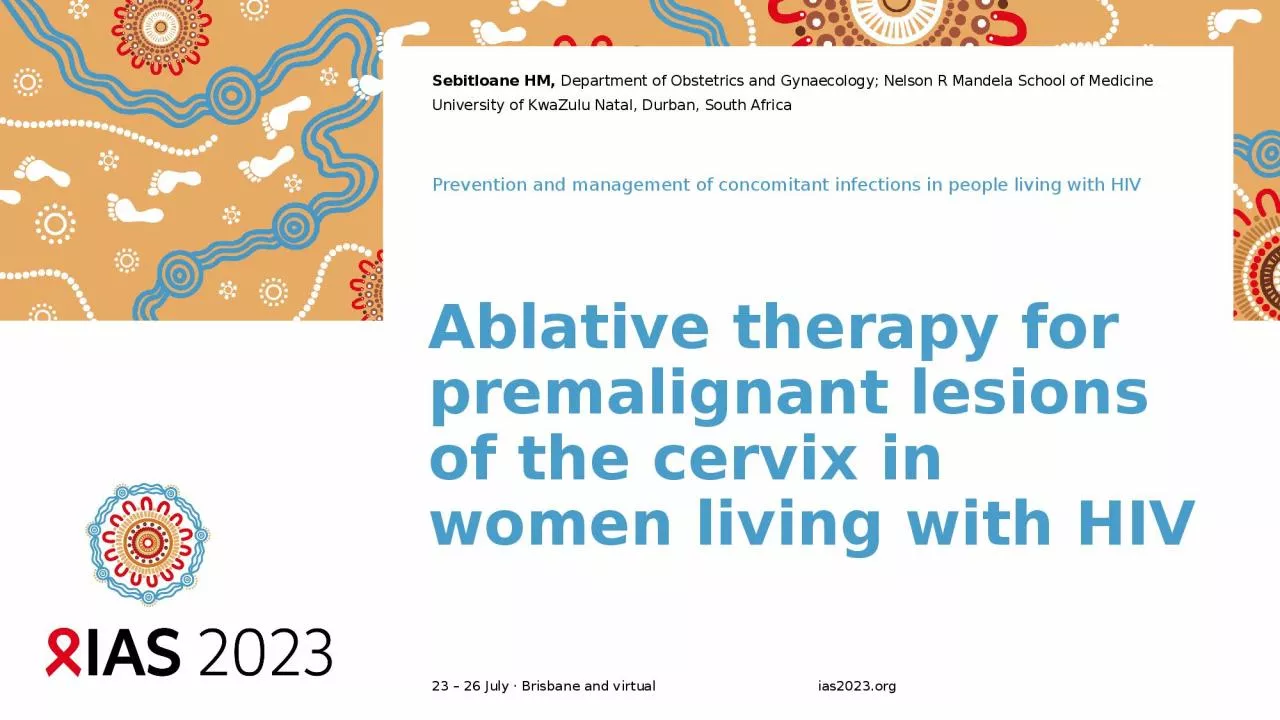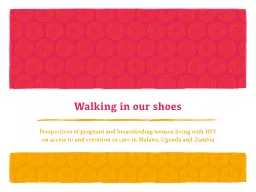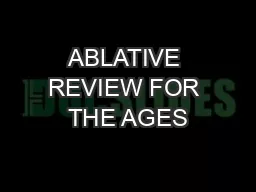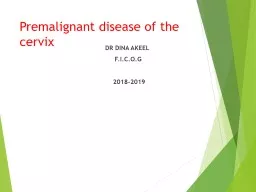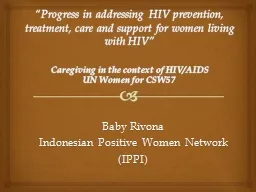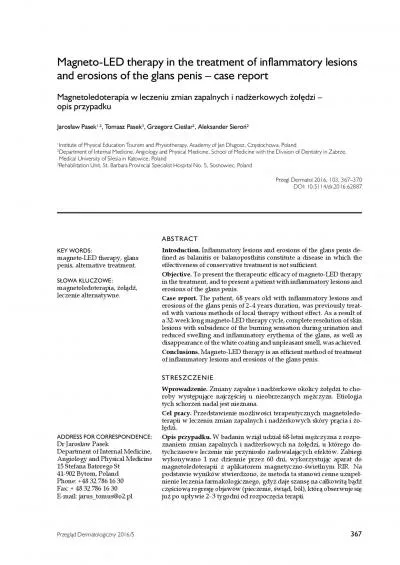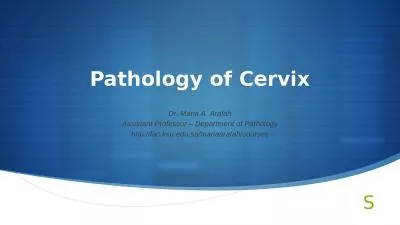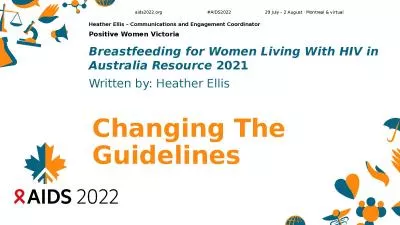PPT-Ablative therapy for premalignant lesions of the cervix in women living with HIV
Author : elena | Published Date : 2024-02-03
Prevention and management of concomitant infections in people living with HIV Sebitloane HM Department of Obstetrics and Gynaecology Nelson R Mandela School
Presentation Embed Code
Download Presentation
Download Presentation The PPT/PDF document "Ablative therapy for premalignant lesion..." is the property of its rightful owner. Permission is granted to download and print the materials on this website for personal, non-commercial use only, and to display it on your personal computer provided you do not modify the materials and that you retain all copyright notices contained in the materials. By downloading content from our website, you accept the terms of this agreement.
Ablative therapy for premalignant lesions of the cervix in women living with HIV: Transcript
Download Rules Of Document
"Ablative therapy for premalignant lesions of the cervix in women living with HIV"The content belongs to its owner. You may download and print it for personal use, without modification, and keep all copyright notices. By downloading, you agree to these terms.
Related Documents

